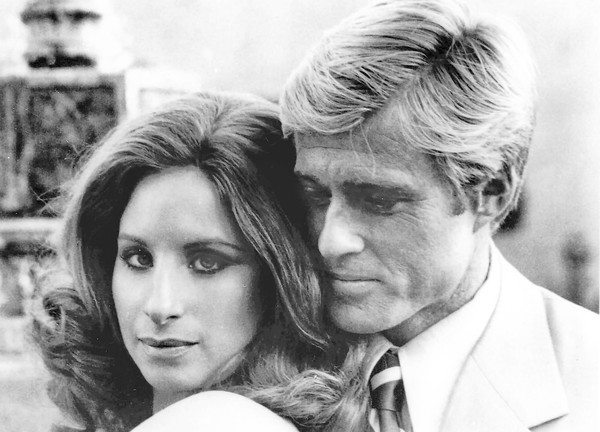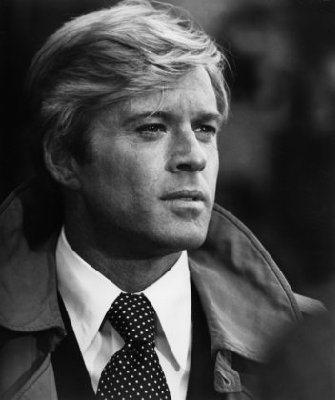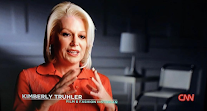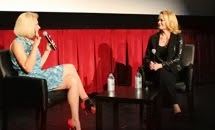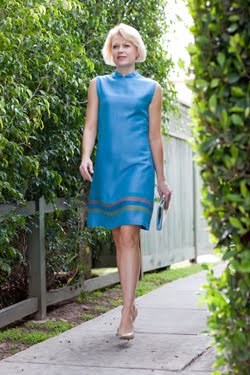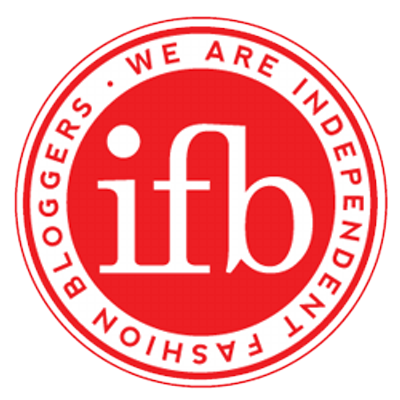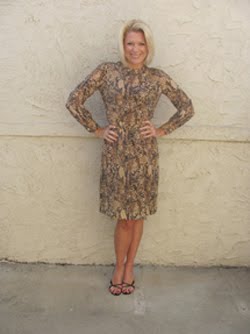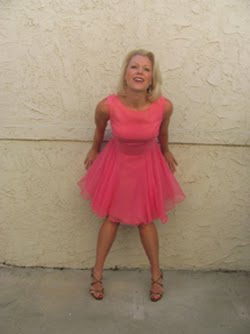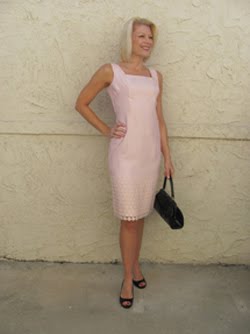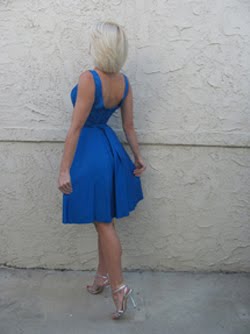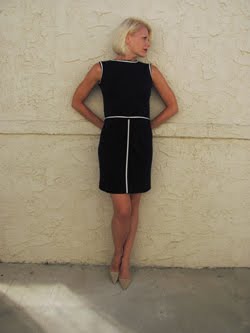When you look to any morality play - whether it's Greek tragedy, a western, or Star Wars - the antagonists are almost always adorned in black and the protagonists in the purity of white. That symbolism seems to be as old as time. Therefore when you think of a femme fatale in film noir, odds are you're not imagining her wearing white. You're certainly not imagining her wearing white through the entire movie. Yet this is exactly what director Tay Garnett decided for the character of Cora Smith in 1946's The Postman Always Rings Twice.
Lana Turner plays Cora, and her nearly all-white wardrobe is the real star of the movie thanks to MGM's costume designer Irene Lentz Gibbons. Known simply as Irene, her talent was truly dazzling. She's one of the great costume designers who both started and ended her career in the fashion industry. She was well respected as the head couturier at the iconic Bullocks-Wilshire in Los Angeles, which the studios often used to supplement their own costume design departments. Her film credits began in 1933 when longtime client Dolores del Rio asked to have her costumes designed by Irene for RKO's Flying Down to Rio. Other stars soon followed suit including for Ginger Rogers in Shall We Dance (1937) and Carole Lombard in To Be or Not to Be (1942).
Irene would reach what was arguably the peak of her profession when she became MGM's head of costume design in 1942. It was there that she designed Postman's iconic costumes, which have made this movie one of The Style Essentials. It was all about form and fit for Irene and these clothes acted as the sexiest of frames for Lana's face and figure. From her stunning introduction in a turban, sun suit, and heels - which has to be one of the best movie entrances ever - Irene has Lana dressed to perfection. You can trace trend after trend to the costumes in this film, starting with women who demanded their own all-white summer wardrobes. Lana is also lit to perfection thanks to the dreamy cinematography of Sidney Wagner, who photographed Lena Horne so beautifully in Cabin in the Sky. The combined effect is stunning and you simply can't take your eyes off Lana's soft summer-tanned skin.
Irene would reach what was arguably the peak of her profession when she became MGM's head of costume design in 1942. It was there that she designed Postman's iconic costumes, which have made this movie one of The Style Essentials. It was all about form and fit for Irene and these clothes acted as the sexiest of frames for Lana's face and figure. From her stunning introduction in a turban, sun suit, and heels - which has to be one of the best movie entrances ever - Irene has Lana dressed to perfection. You can trace trend after trend to the costumes in this film, starting with women who demanded their own all-white summer wardrobes. Lana is also lit to perfection thanks to the dreamy cinematography of Sidney Wagner, who photographed Lena Horne so beautifully in Cabin in the Sky. The combined effect is stunning and you simply can't take your eyes off Lana's soft summer-tanned skin.
So why a white wardrobe for a femme fatale? There are many reasons for this and I share them all in my book Film Noir Style: The Killer 1940s.
Some of it relates to the fact that the movie was based on James M. Cain's 1934 bestseller, which was actually banned in places due to its sadomasochistic sexuality mixed with violence. Because of this, poducers faced many challenges with the Production Code. Cain also crafted two other graphic novels that became film noir classics - Double Indemnity (1944) and Mildred Pierce (1945). What's interesting is the difference between the women in these stories. Double Indemnity's Phyllis Dietrichson is evil, cunning to the core, and motivated by money. Postman's Cora is a much more complicated character. Cora's motivations for marrying Nick (Cecil Kellaway) are more out of security; a young girl who wanted a nice guy to fend off all unwanted advances. She also married for the opportunity to turn Nick's diner into a successful business, which was ambitious considering this was still a time when women were barely working outside the home.
This may be much more empathy than Cora deserves, especially when she does behave so badly with the lustful wanderer Frank (John Garfield). But there is a certain innocence about Cora and Irene's decision to dress Lana almost all in white reminds us of this in addition to trying to use white to cloak the character's criminality.
Stylish even when working--the classic shirtdress as Cora's diner uniform
Wearing a lovely lace top while falling for Frank
dancing on a hot summer night
After dancing, taking a night swim at Laguna Beach in a white hot bikini
whose style is all the rage right now in fashion
whose style is all the rage right now in fashion
The iconic keyhole dress of the movie,
which has influenced many more of the 1940s and beyond
Tailored traveling suit for running away
paired with a white silk short-sleeve blouse, beret, and cashmere coat
It's hard not to feel a certain amount of empathy when we see how trapped Cora becomes in the marriage. Though temped to run away with Frank when she falls for him, her need for security and desire to grow the business bring her back. Unfortunately once she returns, she learns that Nick has decided to sell the restaurant and for far less than its worth. Young Cora also finds she is doomed to move to the middle of nowhere to take care of Nick's invalid sister for the rest of her life. Without any recourse or escape, it is this far more than her lust for Frank that drives Cora to murder her husband.
In a scene similar to Double Indemnity,
they knock Nick unconscious then drive the car off the road
One of only two times when Cora wears black -
a black silk keyhole dress and another turban -
is when she's mourning the death of her mother
Battling blackmailers together
and then one another once their trust is gone
Back in the white blouse and skirt again when the two are brought to trial
Once they're found innocent, a swim rekindles their love
but Frank loses his way in the midst of a kiss and an accident ends Cora's young life







































